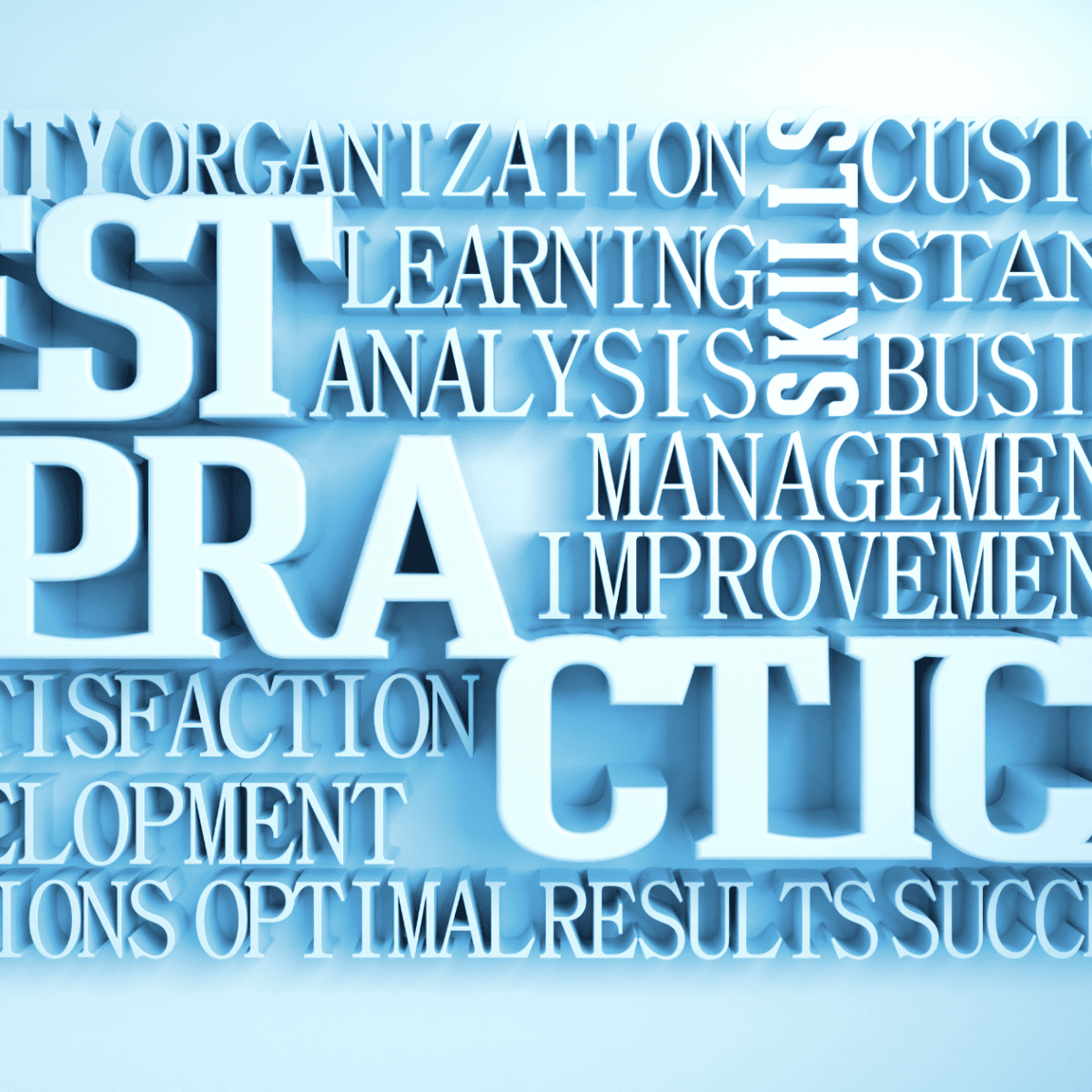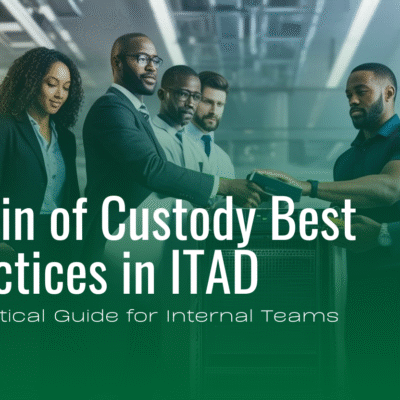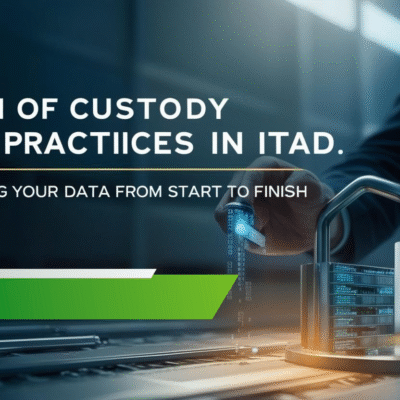In today’s digital landscape protecting security is crucial. With increasing threats to data integrity and privacy, it is vital for organizations to adopt practices to safeguard their sensitive information. This article explores security measures that every company should implement to protect its assets and maintain customer trust.
1. Data Encryption Protecting Information
Data encryption is a key element in securing sensitive information. By encrypting data both during transmission and storage organizations can prevent unauthorized access. Implement strong encryption protocols and securely store encryption keys to ensure that even if data is intercepted it remains unreadable to malicious actors. At IER- ITAD Electronics Recyclers we provide support in securely disposing of your data and ensuring compliance with industry standards so you can feel confident, in your security measures.
2. Access Control: Limiting Exposure
Implementing access control measures is essential for organizations. By restricting access to information based on roles they can mitigate the risk of internal breaches. Role based access control (RBAC) should be employed to grant permissions only to those who need them for their job functions.
3. Keeping Software Up To Date Staying Ahead Of Threats
In the fight against cyber threats keeping software up to date is crucial. Regularly updating systems and applications helps patch vulnerabilities that hackers might exploit. Whenever possible enable updates to ensure your systems stay protected.
4. Multi-Factor Authentication (MFA) Adding An Extra Layer
Multi-factor authentication enhances security by going beyond just passwords. Organizations can greatly reduce the risk of unauthorized access by requiring two or more verification methods. MFA should be applied to all accounts particularly those with access to sensitive data.
IER can help you set up systems and protocols to protect your data ensuring compliance and peace of mind.
5. Enforcing Password Policies As A Defense Mechanism
Having a strategy ready for dealing with security incidents is crucial. Create a detailed incident response plan that outlines the actions to take in the event of a breach or security issue. This preparation enables your team to respond swiftly and effectively to situations reducing potential harm.
9. Data Encryption Safeguarding Information
Encrypting data both when stored and during transmission adds an extra layer of protection. Employ encryption protocols to secure sensitive information like customer details, financial records and intellectual property. This measure helps prevent unauthorized access even if data is intercepted.
10. Access Controls Restricting Permissions
Establish access controls to limit employee access to information based on their roles and responsibilities. This ensures that only authorized individuals can view data reducing the risk of breaches. Regularly review and adjust access permissions to align with changes in job roles or employment status.
To minimize the damage caused by a security breach having an incident response plan is essential. Develop and maintain a clear outline of the steps to follow in the event of a data breach. Regularly review and update the plan to address new threats and changes within the organization.
11. Data Backup: Ensuring Continuity
Creating a plan is crucial to protect against losing data due to cyberattacks or equipment failures. Make sure to keep your backups safe both on site and off site and regularly check the restoration process to ensure you can quickly recover your data when necessary.
If you need help establishing secure data disposal procedures IER- ITAD Electronics Recyclers is here to help. Our services ensure the permanent elimination of your information safeguarding your company from potential security breaches.
12. Strengthening Your Network Security
Utilize firewalls, intrusion detection systems and encrypted Wi Fi networks to protect against unauthorized access. Keep a close eye on network traffic for any suspicious behavior and take action to address any threats that arise.
13. Strengthening Partnerships Through Vendor Oversight
Evaluate and monitor the security protocols of vendors. Make sure that contracts include security requirements to protect your data when using their services. Managing vendors effectively is crucial, for your overall security strategy.
Conclusion: Taking Steps To Safeguard Your Business
Protecting your organization requires a comprehensive approach that incorporates various best practices. By implementing these strategies you can significantly reduce the risk of data breaches and keep your sensitive information secure. At IER- ITAD Electronics Recyclers we specialize in disposing of IT assets and recycling electronics. Our commitment, to security ensures that you can trust us to handle your data with utmost care. Contact us today to learn more about how we can help protect your business!





